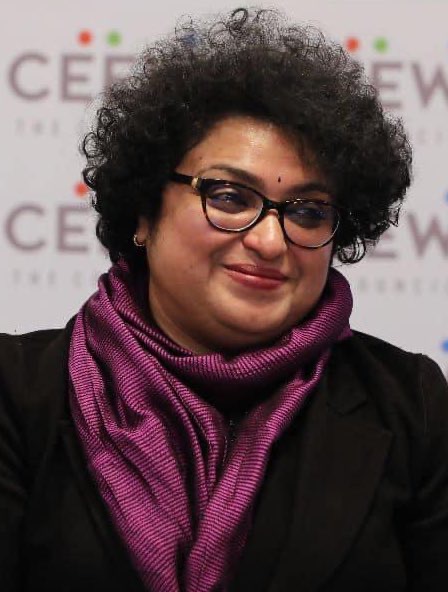Interview with Dr Lekha S. Chakraborty
(Professor and Chair, NIPFP NET-Website Committee, National Institute of Public Finance and Policy, New Delhi & Research Faculty Associate, The Levy Economics Institute of Bard College, New York)
In the Gender Kaleidoscope segment in Pragati, we have the privilege of featuring an insightful interview with Dr Lekha S. Chakraborty. Dr Chakraborty is a distinguished Professor and Chair of the NIPFP NET-Website Committee at the National Institute of Public Finance and Policy in New Delhi. She is also a Research Faculty Associate at The Levy Economics Institute of Bard College in New York. With her extensive expertise in public finance and gender-responsive budgeting, Dr Chakraborty has significantly contributed to policy research and academic discourse on gender equality and economic development.
In this interview, Dr Chakraborty shares her perspectives on Gender Responsive Budgeting (GRB) and its critical role in promoting rural development. GRB is a pivotal strategy that ensures government budgets are formulated and executed, focusing on advancing gender equality and addressing the unique needs of women and marginalised groups. By incorporating gender perspectives into budgeting processes, GRB aims to create more equitable and inclusive economic policies.
This conversation between Dr Chakraborty and Dr Vanishree Joseph, Assistant Professor, CGSD, NIRDPR, shows how gender-sensitive financial planning can drive sustainable development and social justice. It further explores the importance of GRB, its challenges and opportunities, and its transformative potential for enhancing women’s lives in rural India.
1. How can gender-responsive budgeting contribute to the overall development of rural areas in India?
With the advent of fiscal decentralisation, gender-responsive budgeting has become a ‘results-based budgeting’ model that links resources to results. Following the 73rdConstitutional Amendment, the feminisation of governance, with at least 33 per cent reservation for women leaders, has translated public expenditure into revealed preferences of women.
2. What specific challenges do you foresee in implementing gender-responsive budgeting at the Panchayati Raj Institution (PRI) level, and how can these be addressed?
The flexibility of finance at the PRI level is a challenge. Since a significant portion of their revenue comes from fiscal transfers, making these transfers unconditional can help PRIs design their GRB planning and budgeting. Tied fund flows from the top government will be challenging and need to be discouraged.
3. What role can community participation and local governance play in ensuring the effective implementation of gender-responsive budgeting in rural development projects?
‘Voice’ is an important strategy in participatory budgeting. The voice of women, through community participation and strengthening local governance, can help identify gender needs which are not homogeneous across PRIs.
4. How can training and capacity-building programmes for PRI members be designed to enhance their understanding and implementation of gender-responsive budgeting?
State capacity is crucial for implementing good budgeting. Gender budgeting is good budgeting. Capacity building is essential for conducting a bottom-up gender budgeting process, integrating local-level gender-specific needs. A significant deviation between budgeting and actual spending affects budget credibility. However, with capacity-building training, gender budgeting has been implemented effectively, with fewer unutilised funds.
5. Given that the Ministry of Rural Development (MoRD) already has schemes with significant allocations for women, what additional strategies can enhance the effectiveness of these funds?
Ex-ante policy-driven earmarking of gender components in MoRD programs is crucial. In employer-of-last-resort policies, such as job guarantee schemes, we have incorporated an intrinsic gender component.
6. What are the best practices for measuring and evaluating the outcomes of gender-responsive budgeting to ensure its success?
The unit of analysis for gender budgeting must be at the sub-state level. Data building is crucial at sub-state levels. Monitoring outcomes beyond financial inputs is essential. The relevance, efficiency, equity, efficacy, and sustainability aspects of gender budgeting programmes need constant evaluation at the local level to ensure success.
Lekha Chakraborty is Professor, NIPFP and Research Associate of Levy Economics Institute of Bard College, New York and Member, Governing Board of International Institute of Public Finance (IIPF) Munich.
The views expressed in the post are those of the authors only. No responsibility for them should be attributed to NIPFP.

